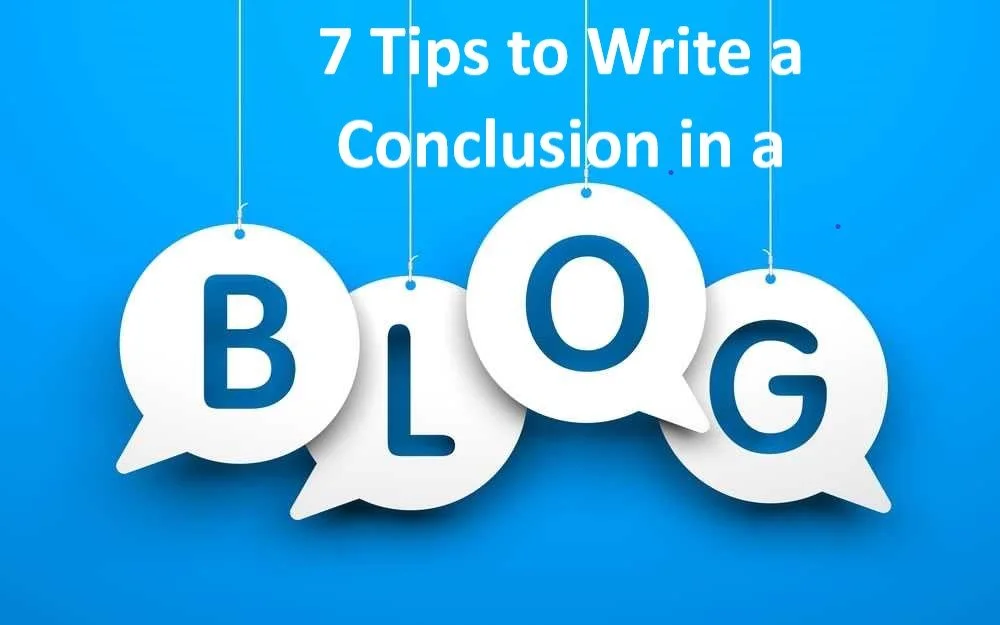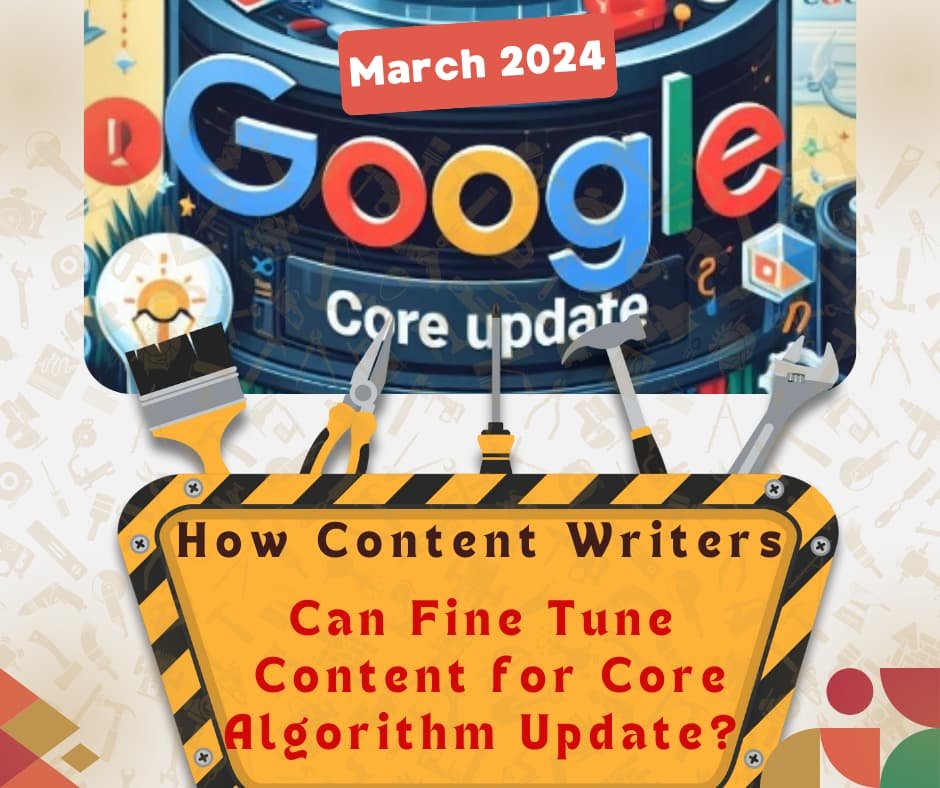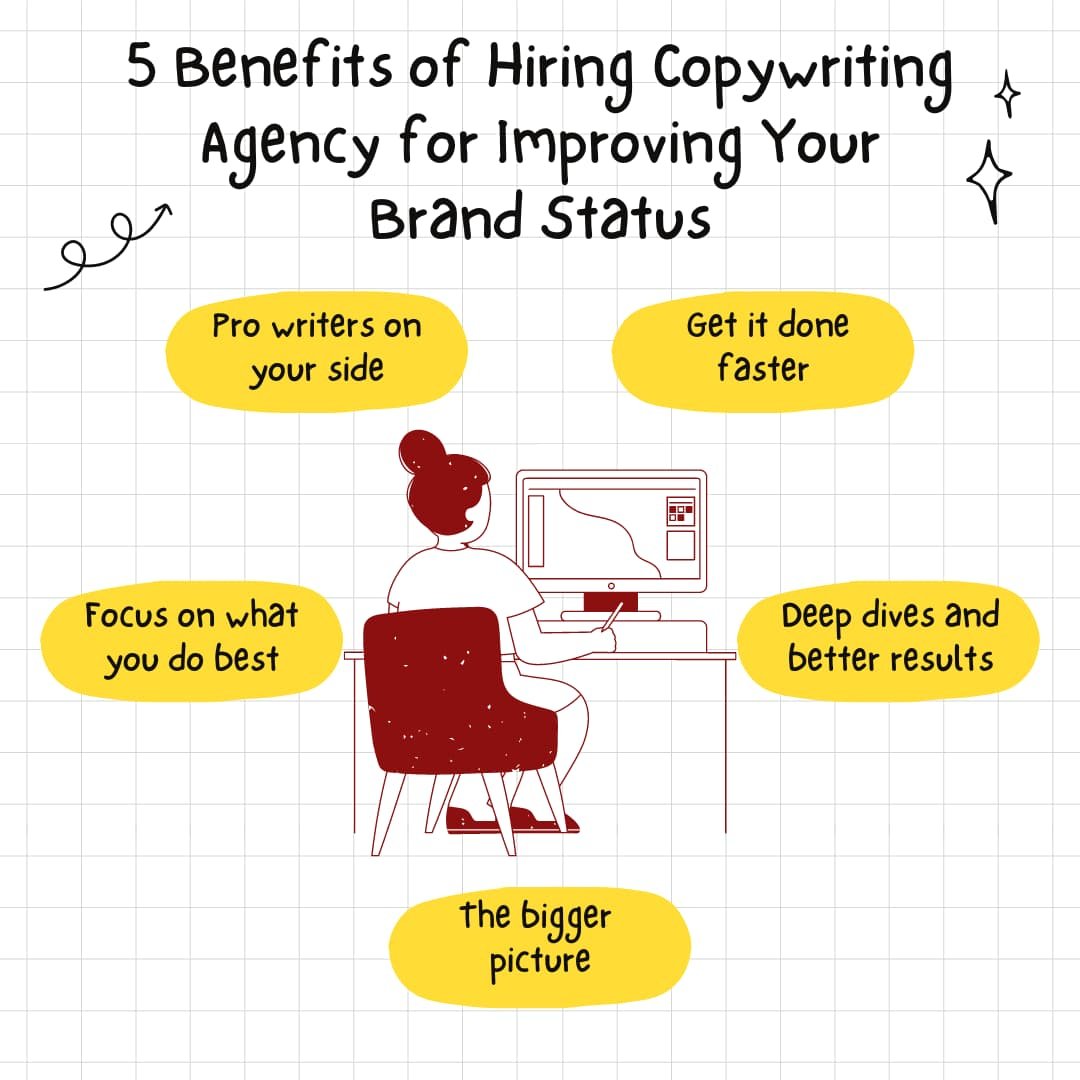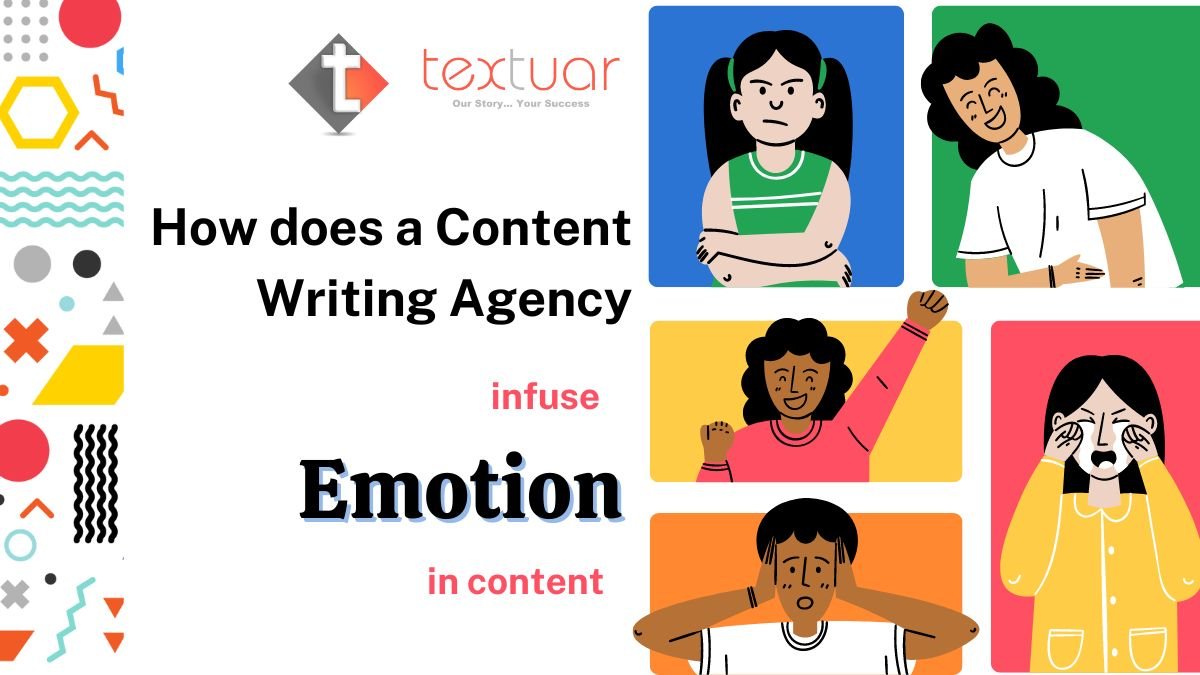Just the other day, I saw a horse that didn’t have a tail.
=== Table of Contents ===
ToggleSounds absurd?
Now, imagine a blog that doesn’t have a tail – i.e., a logical conclusion in blog writing to wrap up the discussion?
Now it does sound absurd.
The above analogy depicts the immense importance of rounding off things with your blog clearly and logically.
Why is a good conclusion important in blog writing?
Many blog writers may think, “I have completed the meat of my blog (the intro and body), so my job is done.” But this is not correct. Remember that the conclusion is the last part of the blog readers read. This position means that it will stay on their minds long after they have closed the browser.
Writing an excellent introduction to a blog post can be hard. But coming up with an end that satisfies is equally tricky. Many content writers simply trail off in the end, thinking that the content is good enough. The concluding remark is as crucial as the beginning. The ends justify the openings; it has to hit the mark. A flat or non-existent or unrelated conclusion fails any further calls to action.
As a creative blogger, it won’t be wrong to compare a conclusion to a movie’s climax. This portion is the one that people are likely to remember long after the show is over.
If the reader is impressed by the blog’s conclusion, the chances are that she will come back for more later. It can even elicit more likes and shares on the page’s social media buttons.
The purpose behind writing a post will determine how you conclude it. Whether your goal is to increase brand awareness or drive leads, the conclusion can encourage your visitors.
These reasons amply show why a firm conclusion is vital for a great blog.
Experts too consider a conclusion / call to action as a crucial part of a good blog.
How to write an effective conclusion in blog writing?
Here are seven interesting ways to end a blog post:
1 – It should be a recap of the blog post
A conclusion should summarize the key points. It should have the central theme of the blog that you want the readers to remember. So if your blog shows the benefits of mobile app development for a business, an ideal conclusion would be:
“These were some of the points discussed in the post. These show how higher scalability, lower cost of acquisition, and better outreach of an app can maximize ROI for your business.
Get in touch with professional app development agencies to avail of these advantages. They will have the expertise to build an app for your brand enables unmatched growth.”
2 – Align the conclusion to the reader’s mental state
If the blog states the benefits of a product/service to the reader, you can invite her to look at the website’s services/product page. In case the blog offers helpful education (a how-to or step by step guide), you can ask her to share her thoughts after implementing the steps outlined in the blog.
Matching the conclusion to the reader’s state of mind helps strengthened the engagement. They will think, “The author’s thinking matches mine’. This perception improves the bond between the brand and the readers. As a result, they will be more likely to come back for other informative blogs put up on your site.
3 – Give more to the readers with the blog writing
Links to other pages or sources encourage readers to read more. So, the reader gets a direction to follow after reading your blog. Suppose, you are writing a blog on cooking; you can provide links as below:
“If you would like some more of my recipes, check out my series– How to cook perfect dishes that explore six cuisines around the world.”
4 – Ask a Question
Asking questions works well when you start a post. It also makes for a good ending. A query sets the reader to think. Eventually, it encourages them to respond by sharing their experience. This technique also strengthens the bond between the reader and the brand.
For example, if you write a post on junk removal, you can try this
“Have you tried hauling furniture on your own? How was the experience? Leave a comment by clicking here.”

5 – Call to action in blog writing
A call to action invites a user to take some desired action after reading the blog. It is placed at the end and hence is a natural part of the concluding paragraph of the blog.
Let’s assume that you own a gym and are a fitness freak. You have been writing post encouraging readers to exercise more often. Your blogs tell them to follow diets with some of your favorite recipes that help reduce calories and lose weight. You can try this type of conclusion to infuse a degree of enthusiasm.
“Join our community and get the latest fitness trends and news delivered right to your inbox.”
6 – Don’t forget SEO when writing the blog
At the end of the discussion, the reader needs guidance on what to do next. She has to be guided to the right page (typically a ‘Request a Quote’ page or ‘Contact Us’ page). Make sure that your conclusion has a URL linking to these pages that logically move the engagement ahead.
Also, many SEO experts suggest adding a keyword to the conclusion. Make sure that it weaves in naturally without appearing forced.
A good conclusion is also considered one of the SEO techniques to have a logical structure to a blog post.
7 – Try the cliff-hanger trick, it works
Have an open-ended cliff-hanger to your posts. The more open-ended the cliff-hanger, the better. You can incorporate a sense of anti-climax and stop there.
This technique will leave your readers wanting more. The excitement to know more will keep them hungry for more content from your side. Let the curiosity take over.
For example, you can trail off unfinished with
“There is more coming with the next post. Keep reading….”
“Stay tuned for more with our next posts……”
This approach would keep the interest intact with the blogs you post in succession to your current blog.
What is a bad example of a blog conclusion?
Imagine if your content body had covered three points a, b, and c. Now a lazy writer would say:
“Here is ‘a’ written in the second paragraph. Here is ‘b’ written in the third paragraph. And here is ‘c’, the last point in the fourth paragraph. Do make sure to keep these things in mind. Adios.”
This is wrong.
A conclusion drafted in the above way adds nothing to the conversation. There is no value for the reader going through the conclusion.
Make sure that the conclusion summarizes the discussion. But the choice of words needs to be different than what was used in the body. This approach can be the work of a lazy but smart blog writer.
To conclude
Reading a blog is a time-consuming process for readers. They should get the total value for the time spent consuming the content. A good conclusion can leave them energized after reading a blog. It will help them act on the call to action.
Adding a memorable conclusion will also power up your blog writing. It will spice up the content and give something meaningful for the readers to do after they have finished reading the blog.
How do you draft your blog’s conclusion? Is there a style that you follow? Do write to us and let us know in the comments below.
















